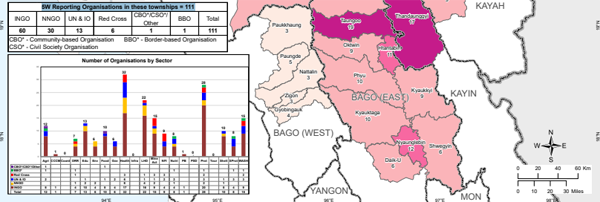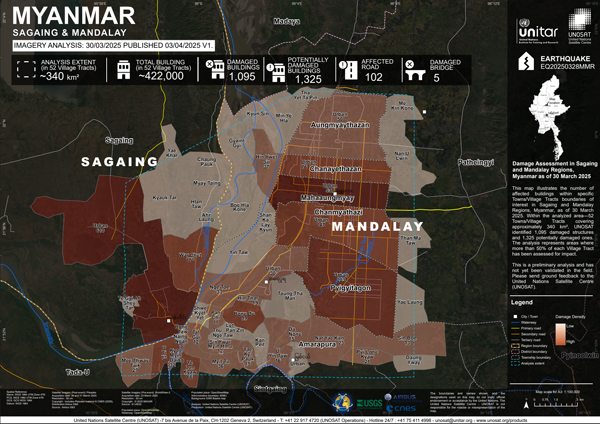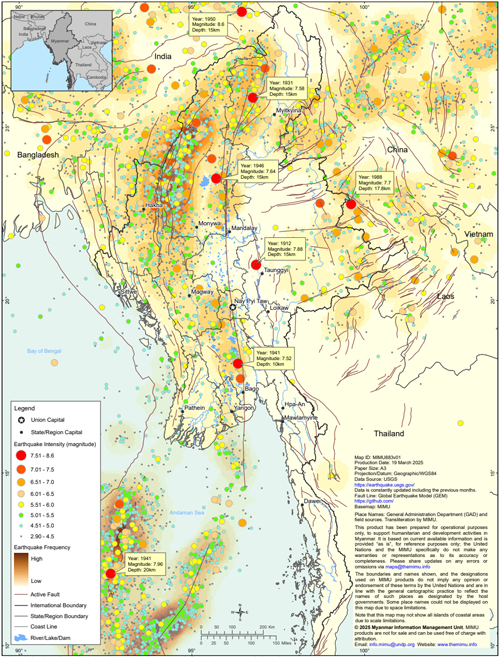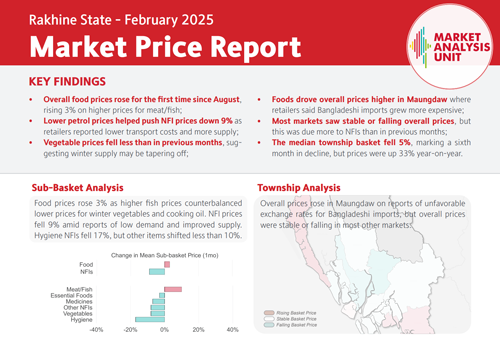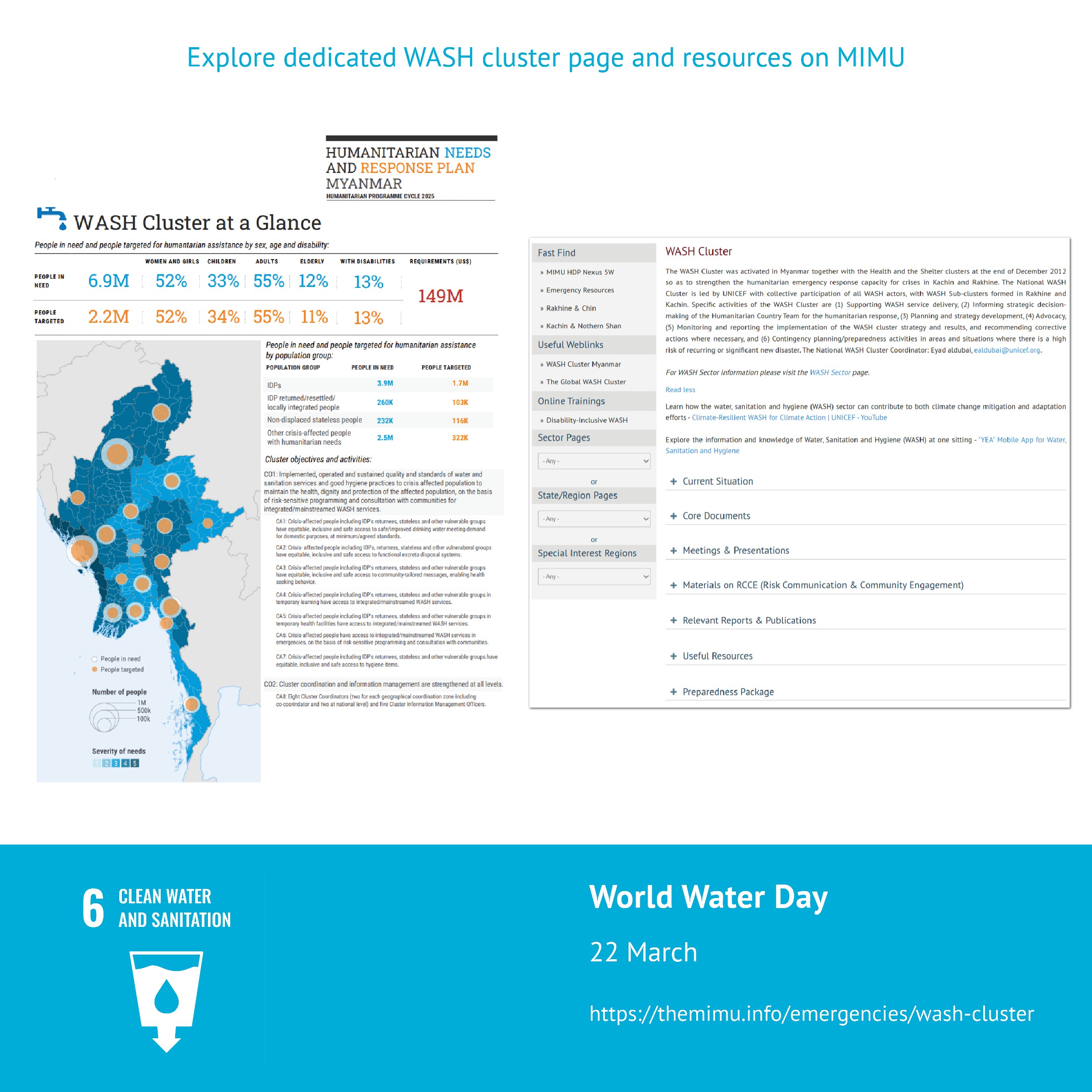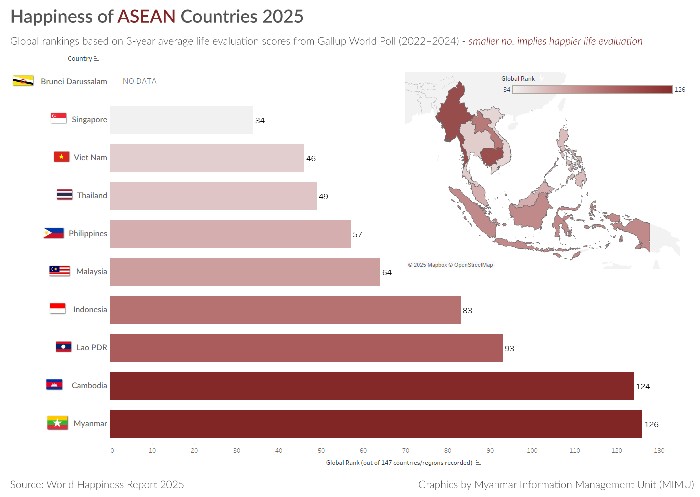Kyle Bradley and Judith A. Hubbard shared their analysis of the rupture in the latest article on Earthquake Insights.
The updated USGS slip model shows an interesting pattern along the fault rupture. The southern section of the Myanmar fault seems to have slipped only in the upper several kilometers, for a length of over 100 kilometers. This is a bit unexpected, because larger slip usually happens on the deeper part of the fault, and smaller slip happens close to the surface.
One hypothesis is that earthquakes in 1929 and 1930 might have ruptured the deeper parts of this southern fault segment, leaving the shallow section stressed but locked. The powerful M7.7 event, tearing southwards, may have finally “unzipped” this shallow, waiting portion.
Important Note: These slip models, yet powerful, rely on interpretations based on available data (which is sparser for Myanmar than for some other recent major quakes). Different analyses might show variations.



